





The Surrealism Website
Giorgio de Chirico (1888-1978)
 Though technically not a surrealist, Giorgio de Chirico had such an influence upon that emerging art style, that any consideration of surrealism that ignores the contribution of de Chirico must be deeply flawed.
Though technically not a surrealist, Giorgio de Chirico had such an influence upon that emerging art style, that any consideration of surrealism that ignores the contribution of de Chirico must be deeply flawed.
De Chirico was an Italian (though born in Volos in Greece). He studied in Athens and Florence, then moved to Germany to enrol at the Academy of Fine Arts in Munich, where he was influenced by the writings of Nietzsche and Schopenhauer.
His initial painting style was academic and impressionistic, but in 1910 in association with Carlo Carra he developed a unique style which came to be called Metaphysical Art.
He exhibited his works at the Salon des Independants in Paris for the first time in 1913, and there sold his first painting, The Red Tower.
During the First World War he was removed from active combat due to ill health and instead was assigned to work in a military hospital. This enabled him to continue painting and developing his unique metaphysical style. In the fall of 1919, De Chirico wrote an article for an art journal, in which he openly criticised modern art and advocated a return to the classical iconography by such masters as Raphael and Signorelli.
He continued painting in the same style till the late 1940s, often returned to the same subject and exploring it in a somewhat different manner. From the late 40s through to the 1960s he began to work in neo-Baroque style, that has been labelled as his 'Rubens period', however, he still continued creating his metaphysical artworks. During this period he created a series of paintings featuring horses, some very fine still lifes and portraits.
The dating of many of his pieces is a bit of a nightmare, as many were copied, even forged. De Chirico, himself, when he was older, appears to have retrospectively dated some of the pieces he was then creating. He also claimed that many of his then well-known previous works were forgeries.
He continued painting to the end of his life.
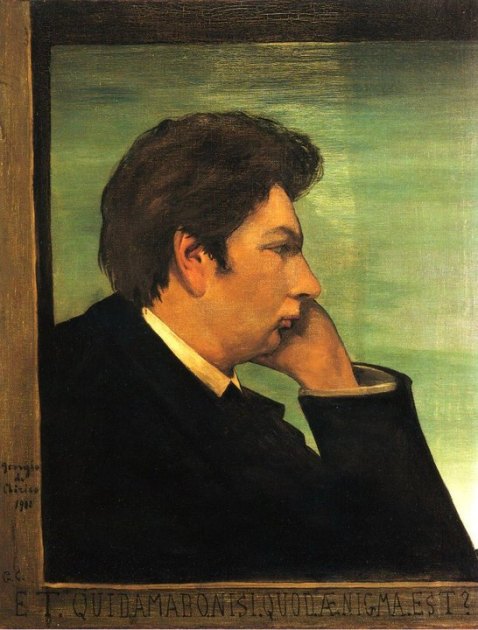
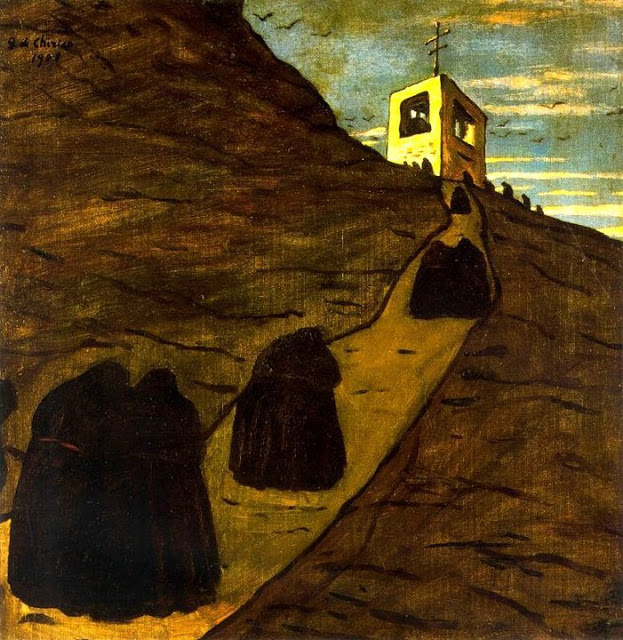
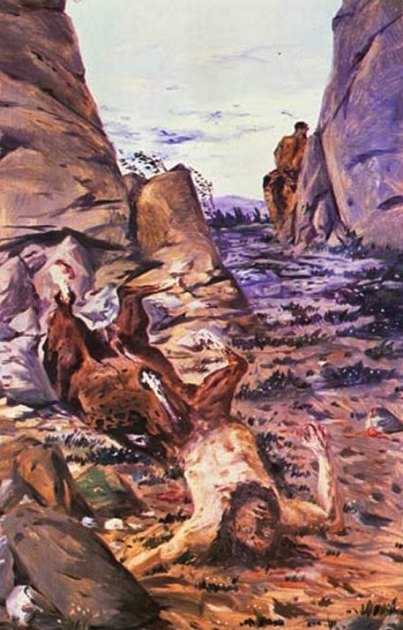
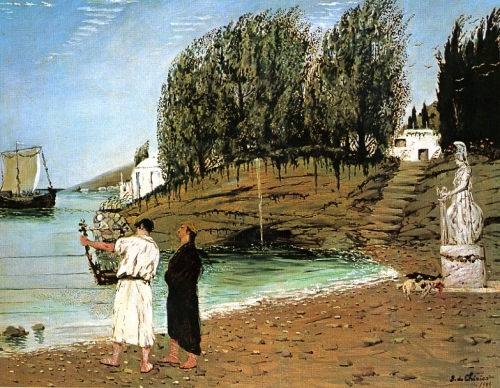
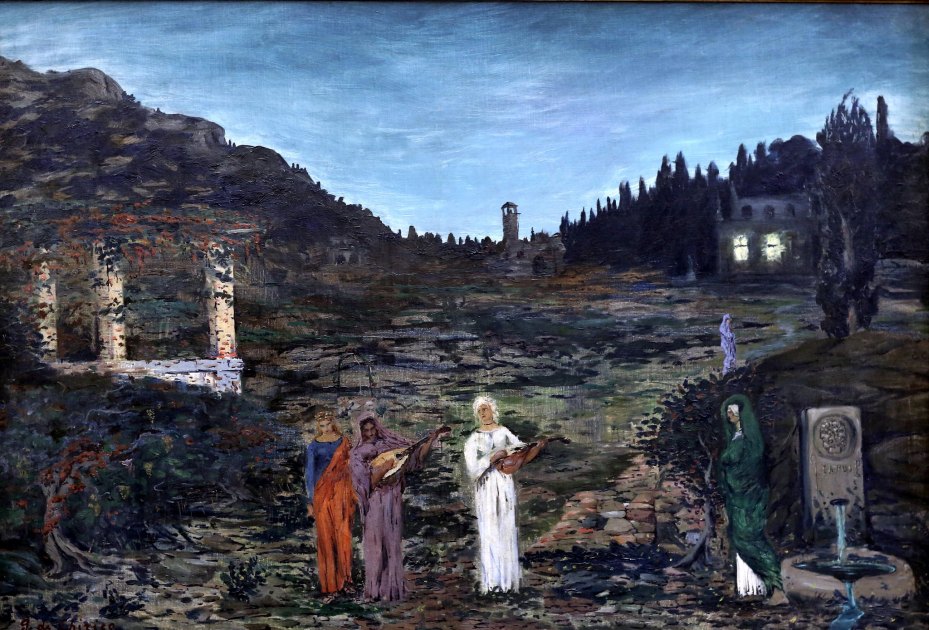
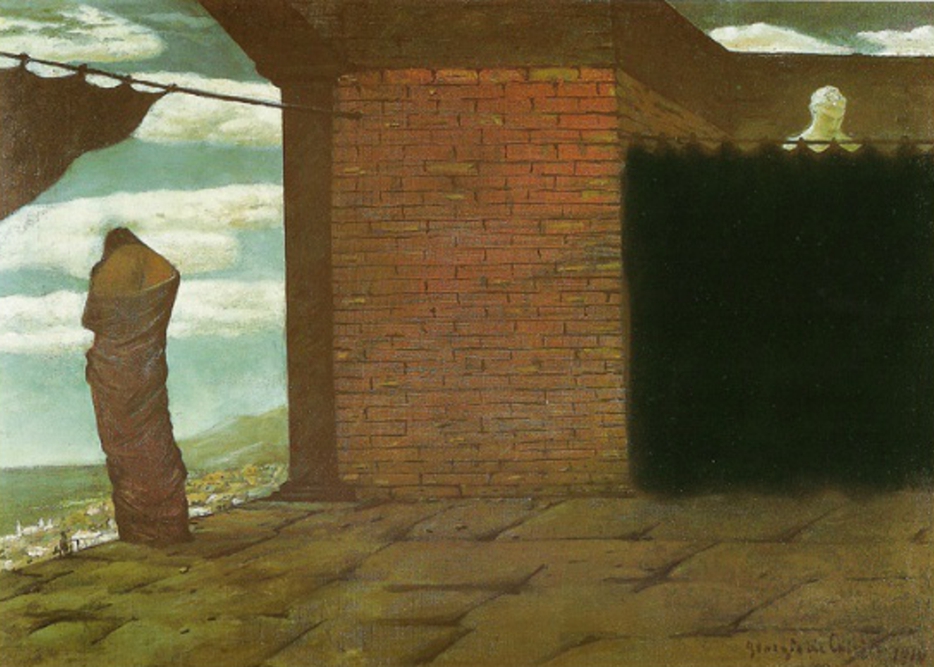
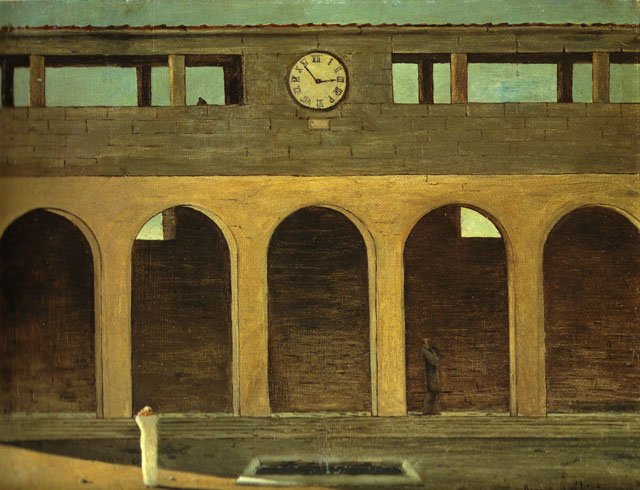
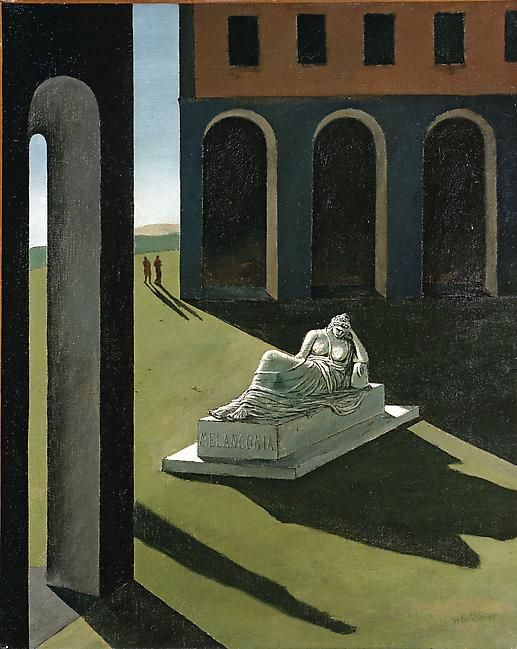
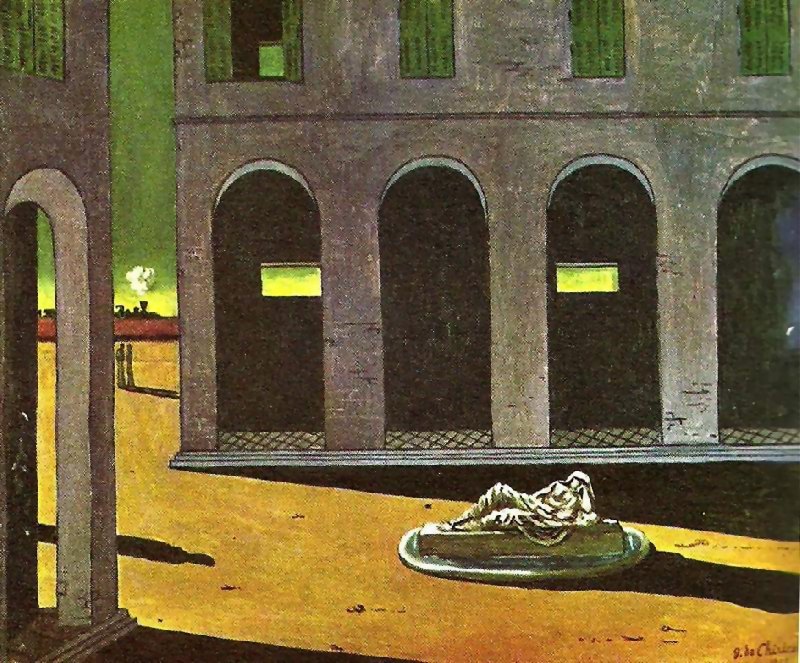
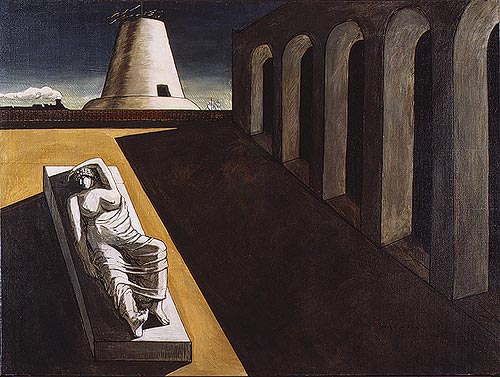
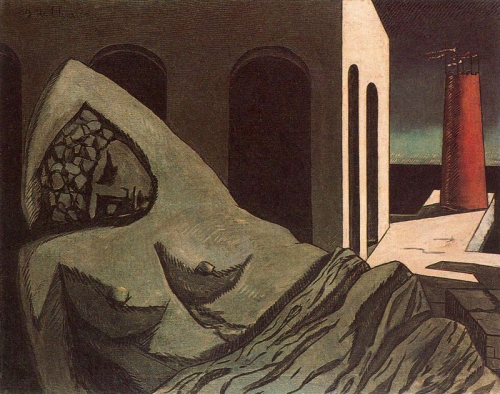
.jpg)
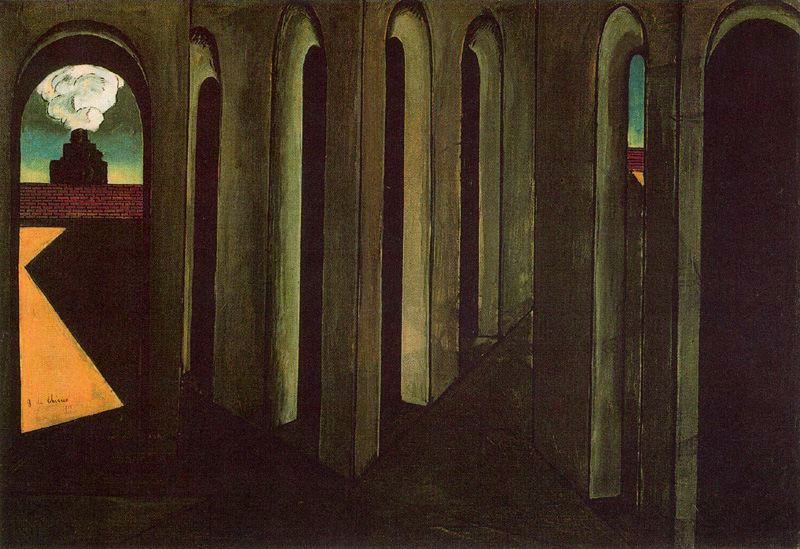
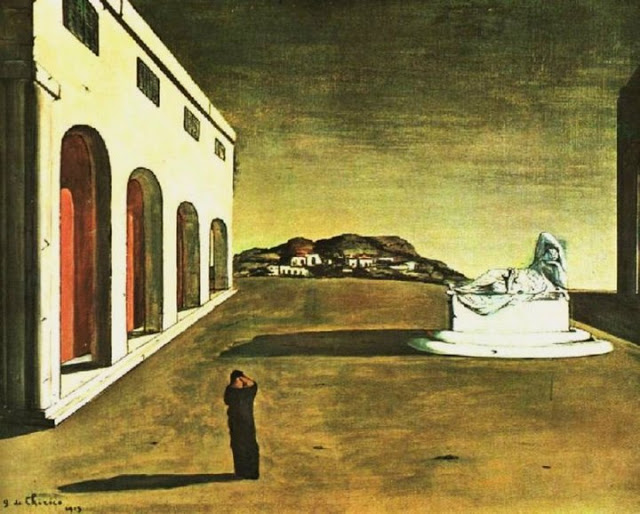
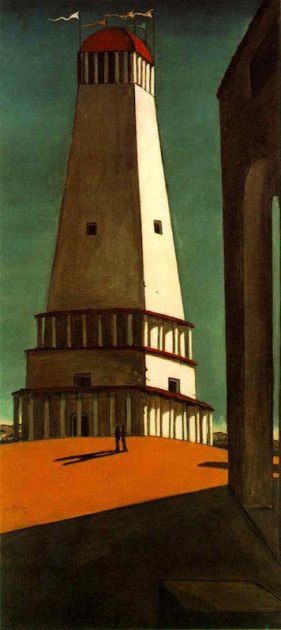
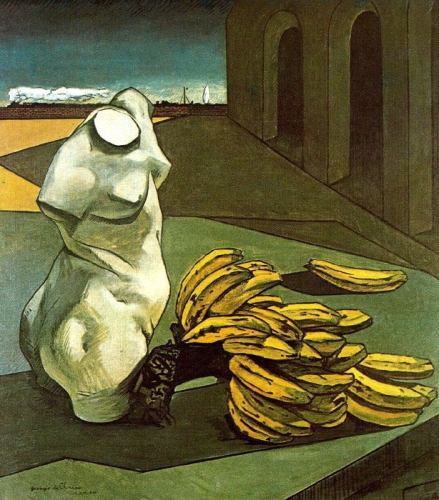
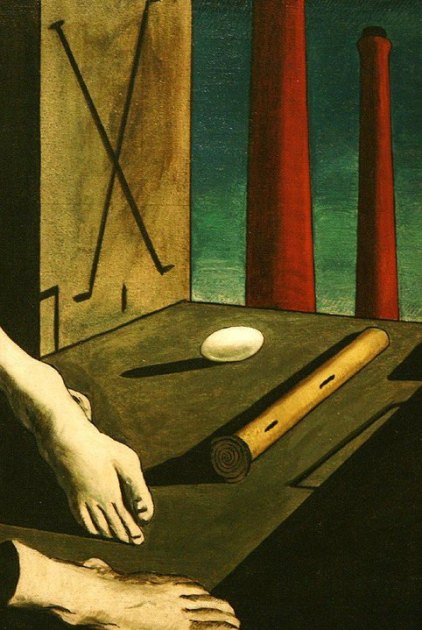
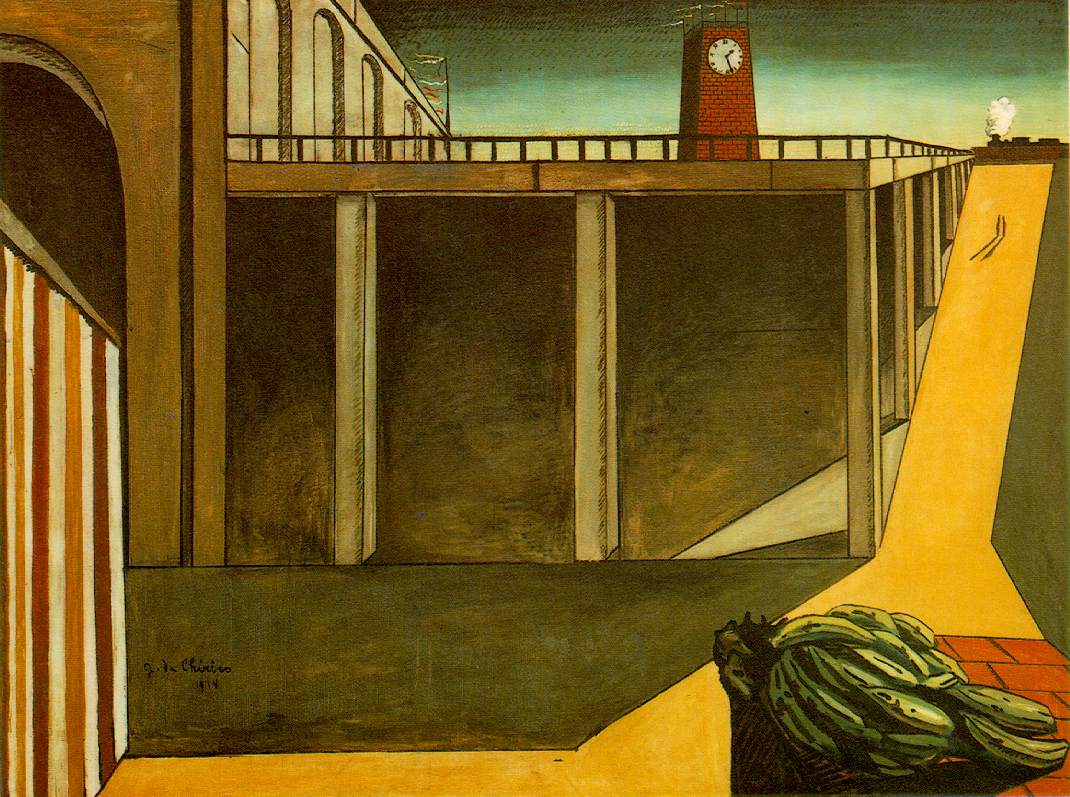
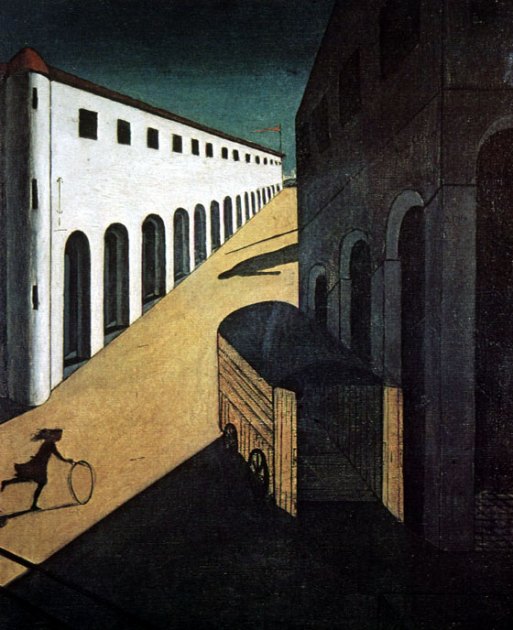
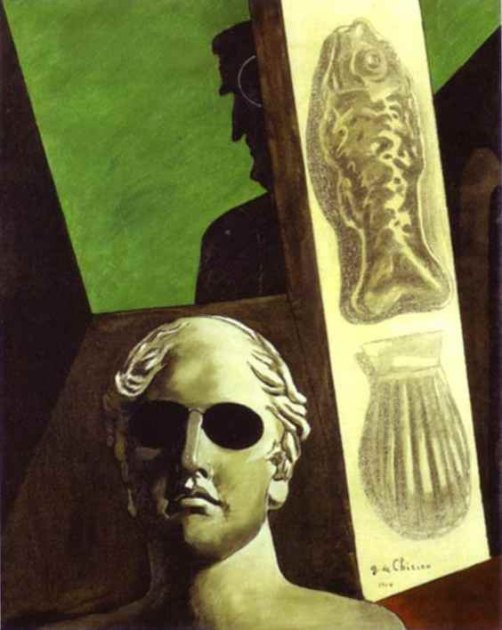
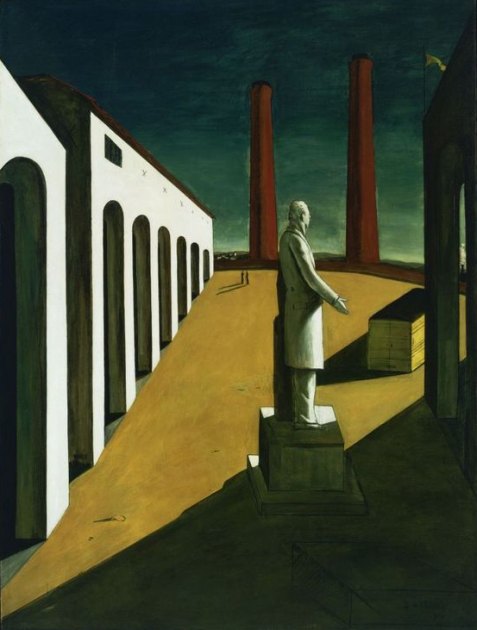
.jpg)
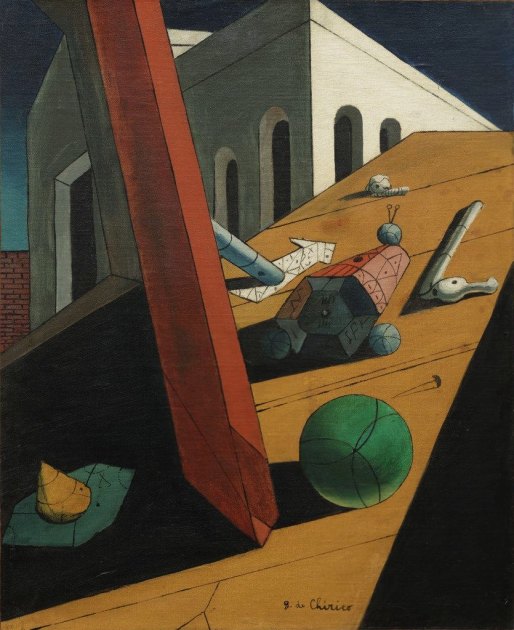
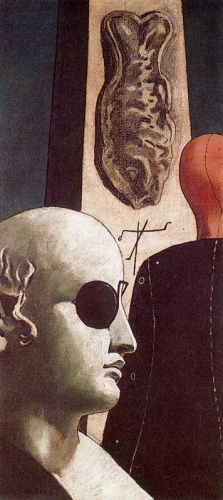
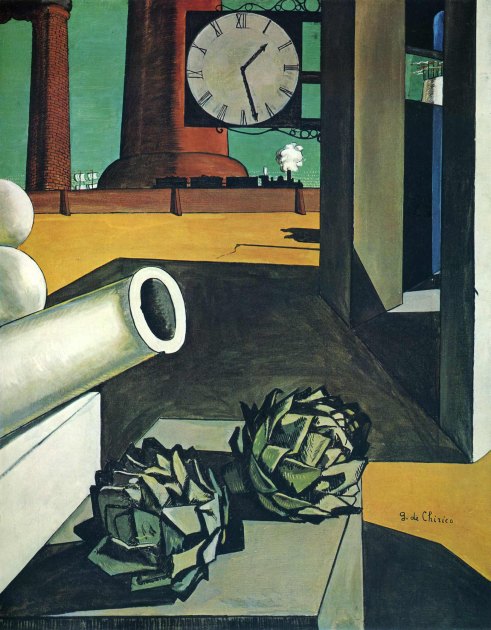
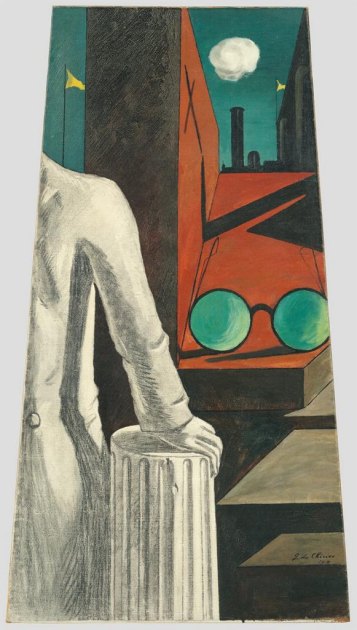
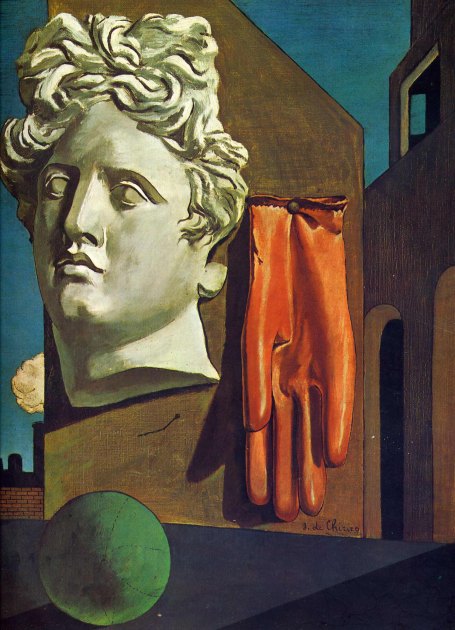
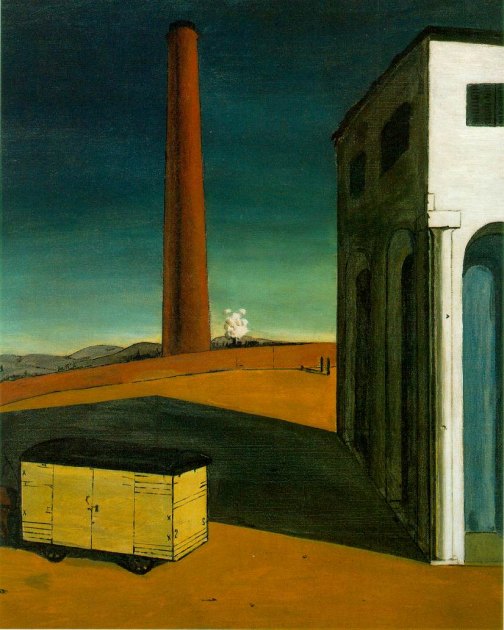
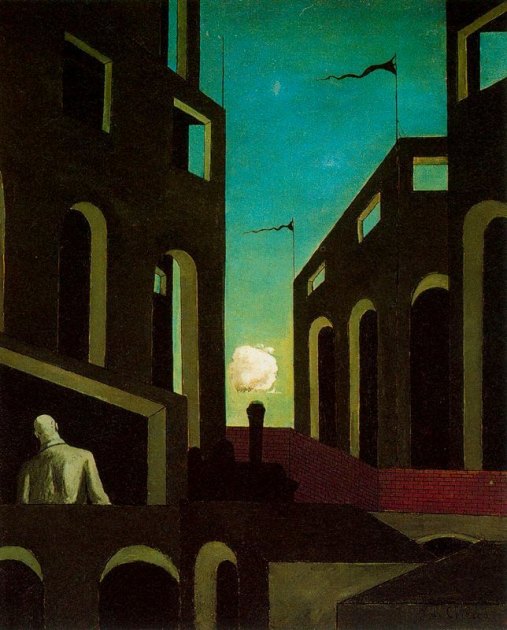
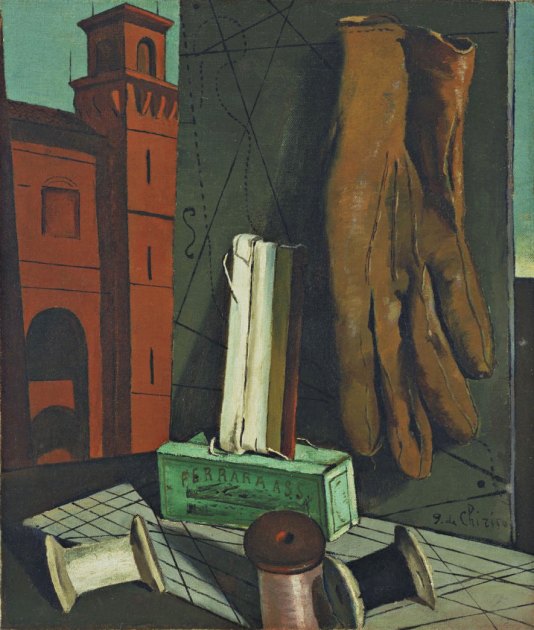
.jpg)
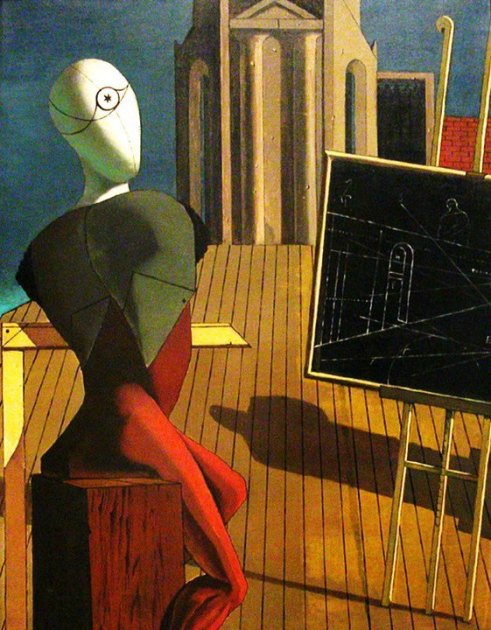
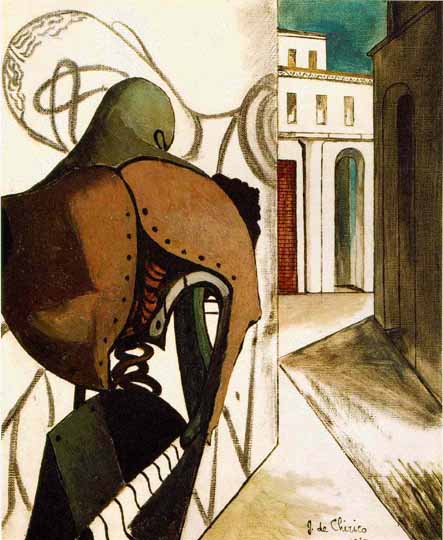
.jpg)
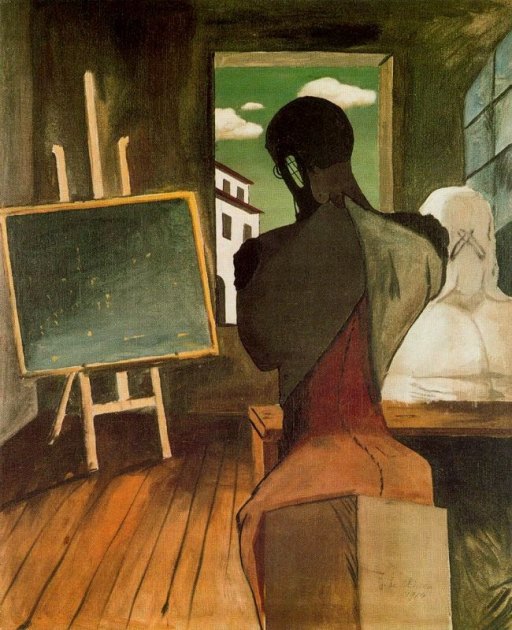
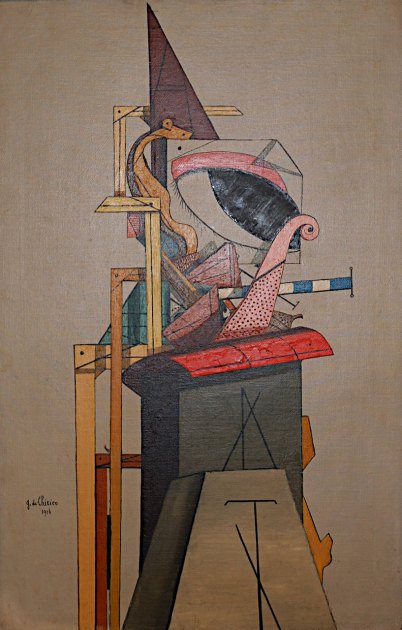
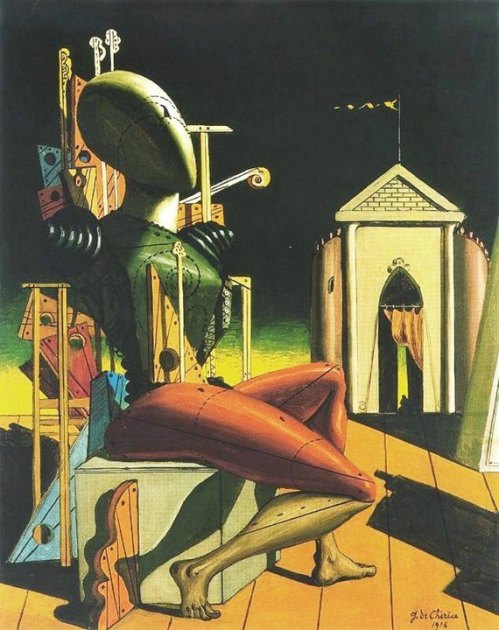
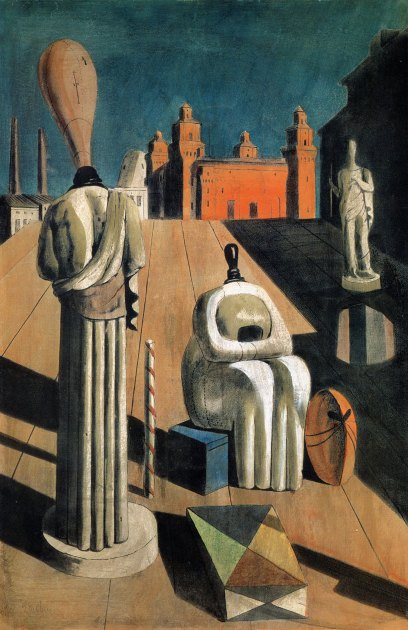
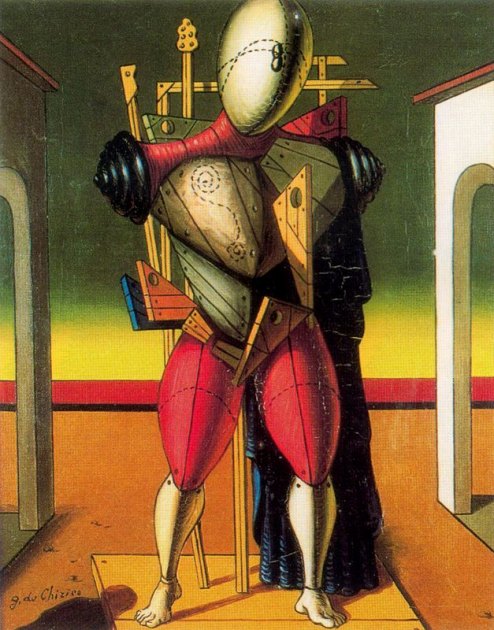
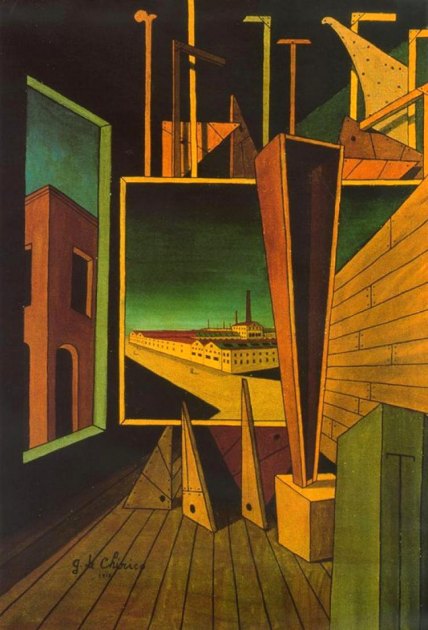
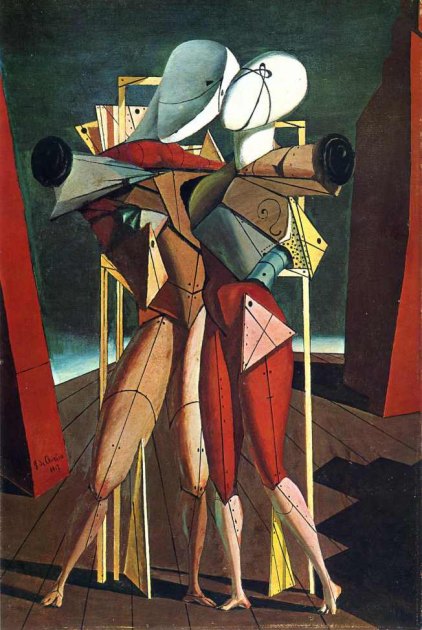
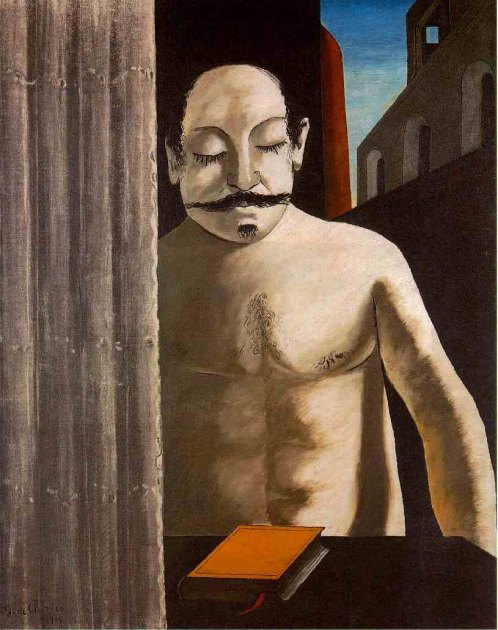
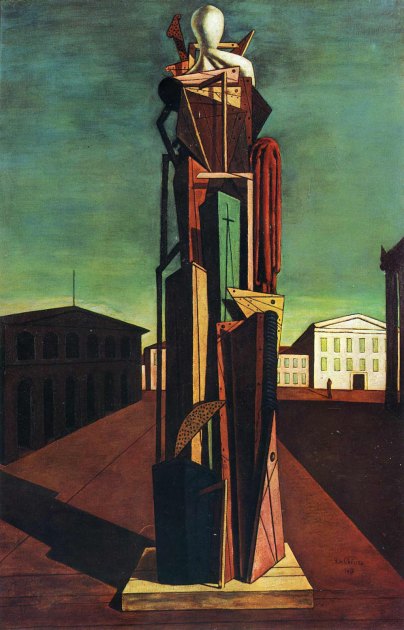
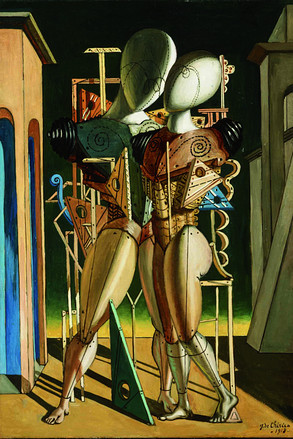
.jpg)
.jpg)
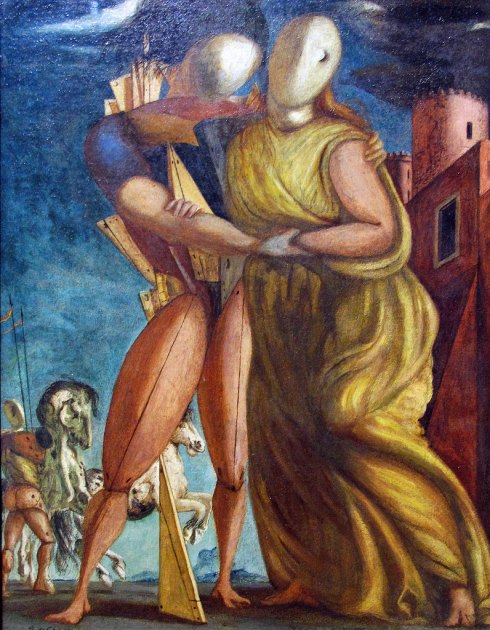
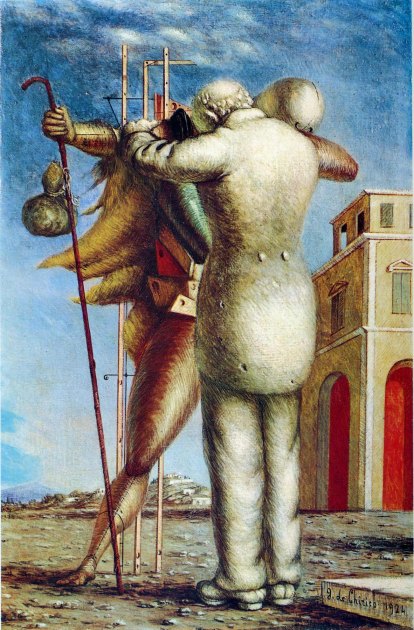
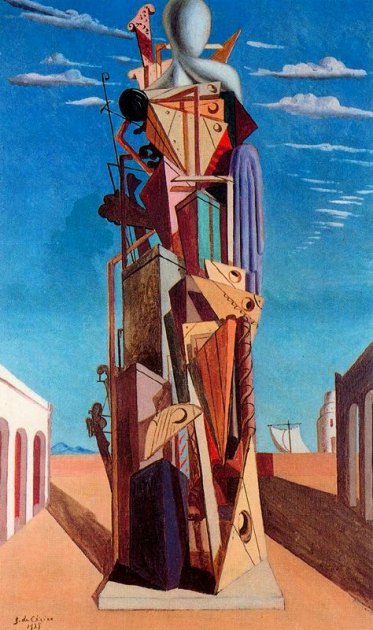
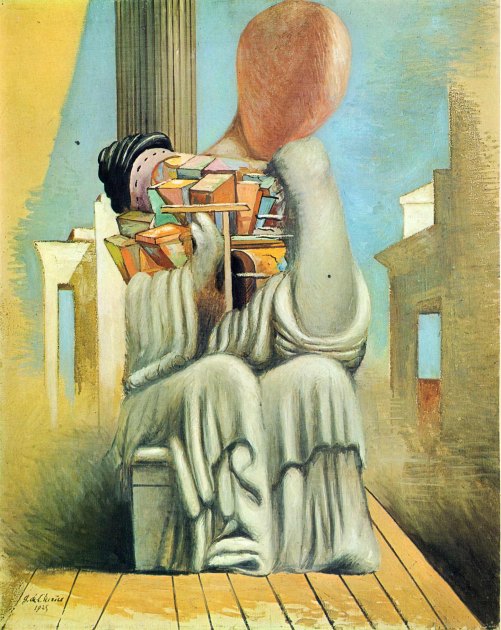
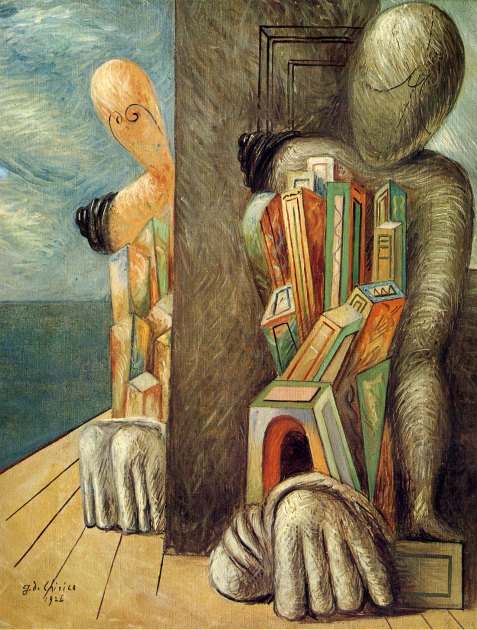
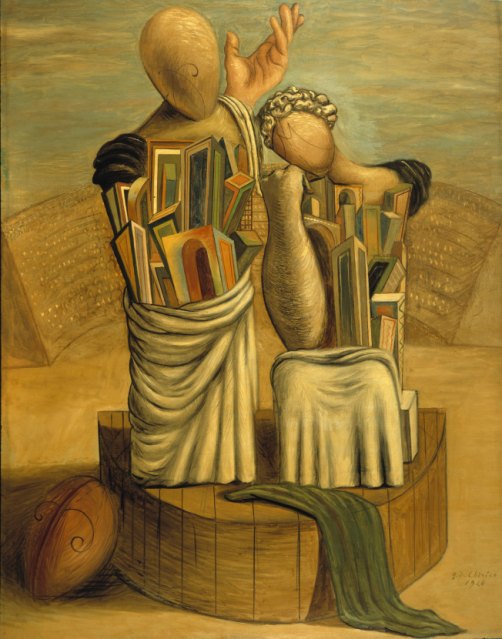
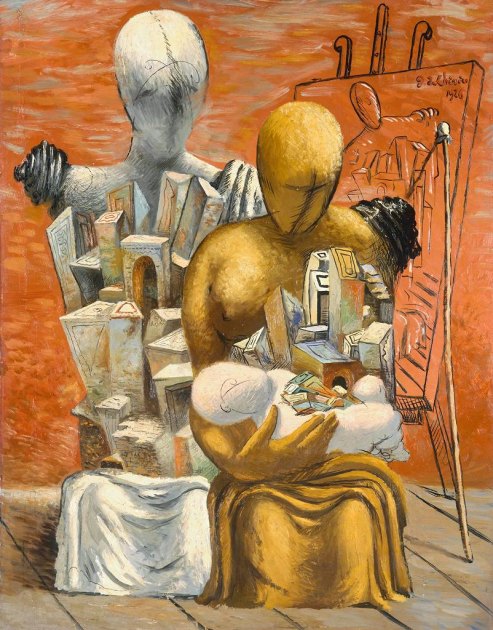
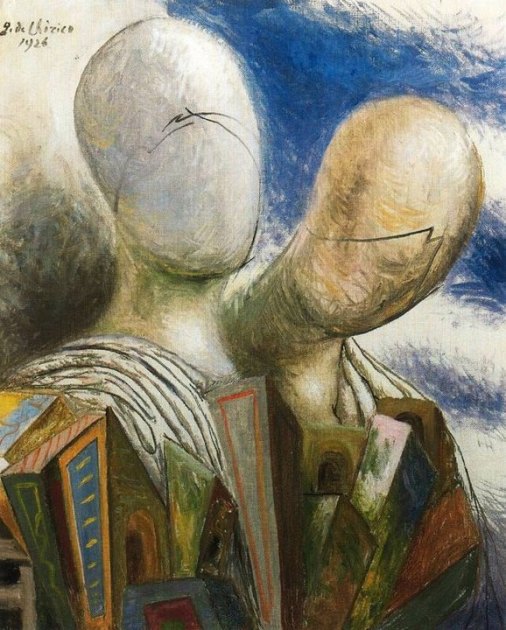
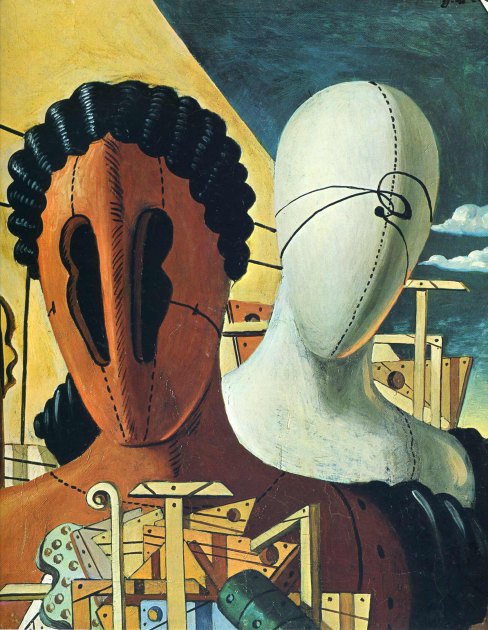
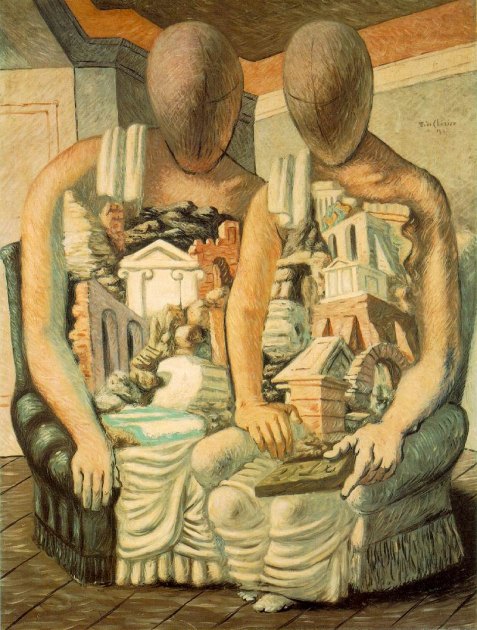
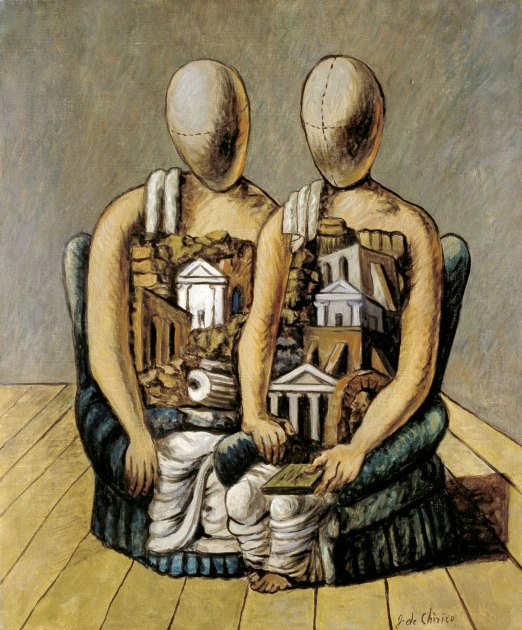
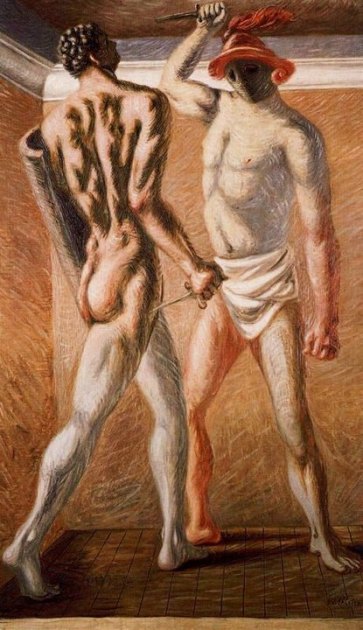
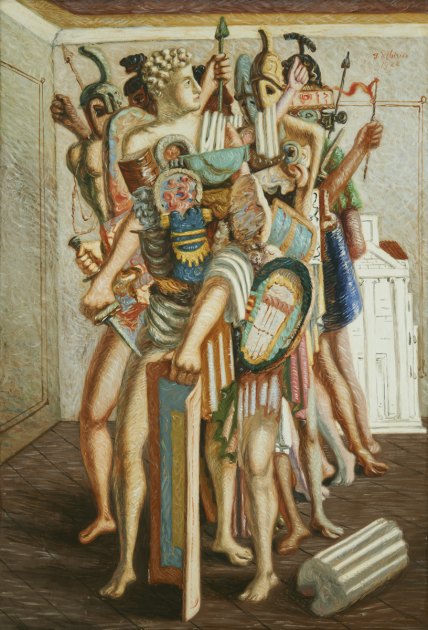
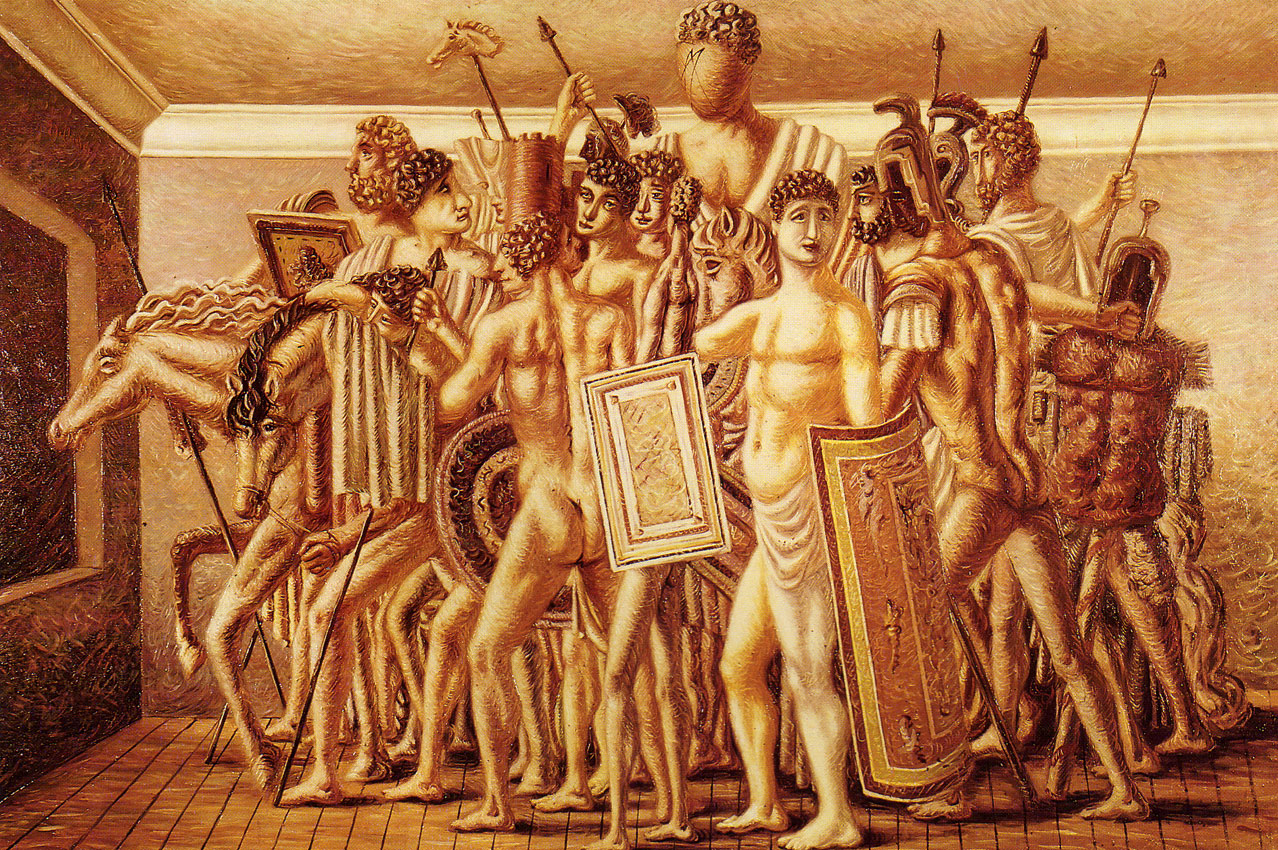
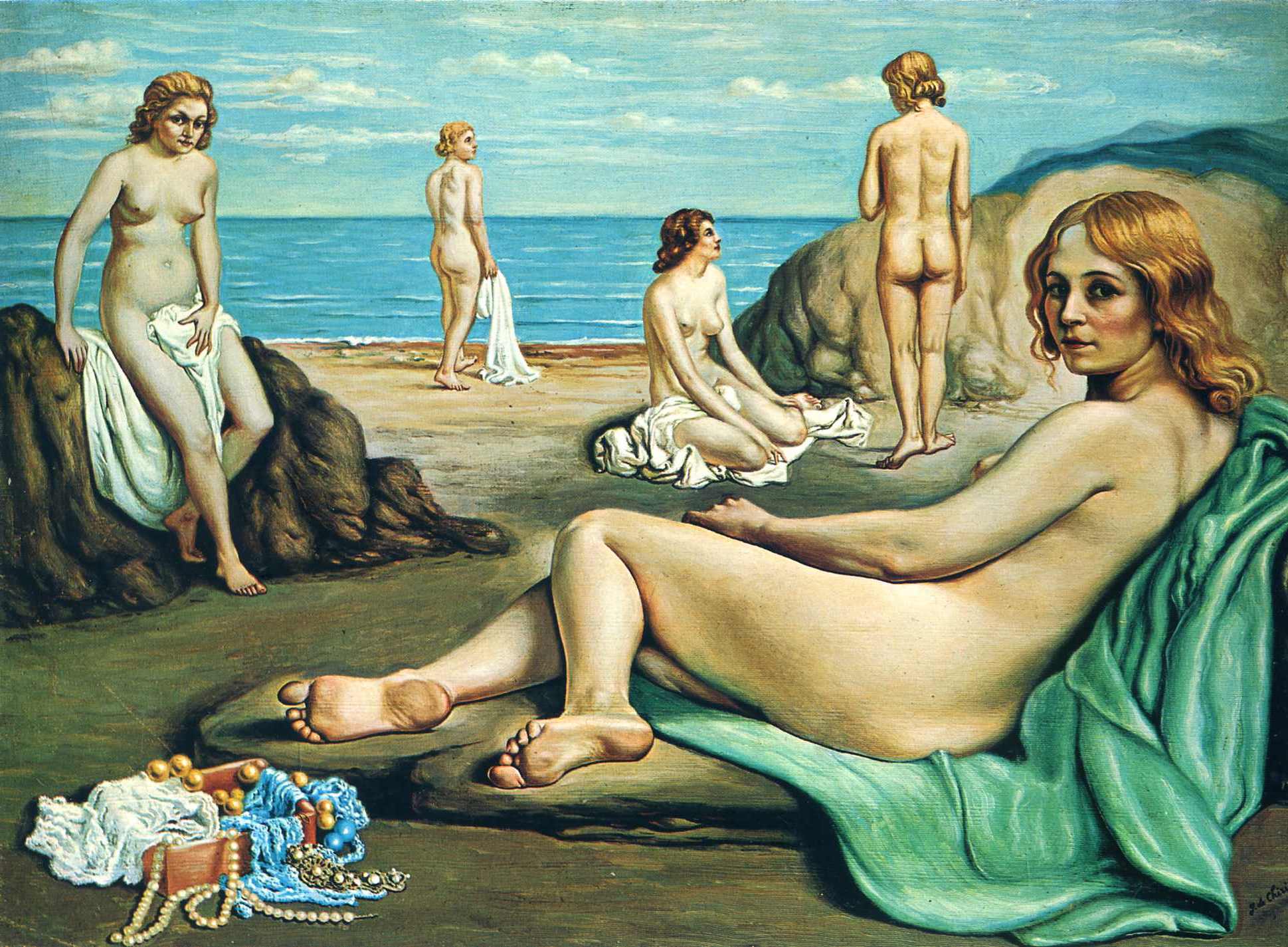
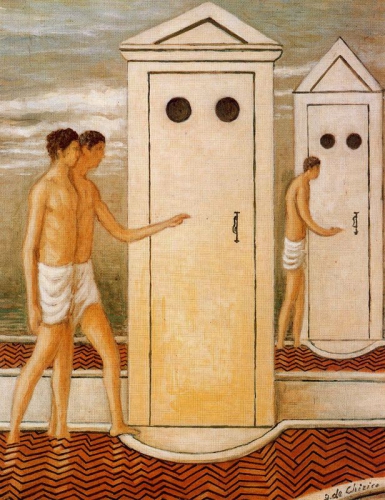
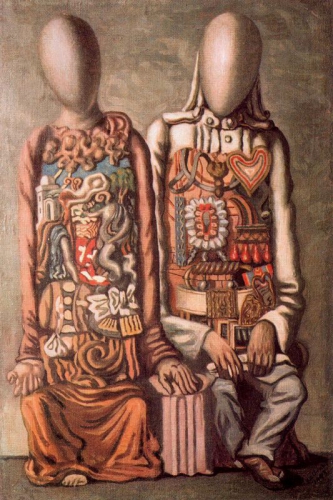
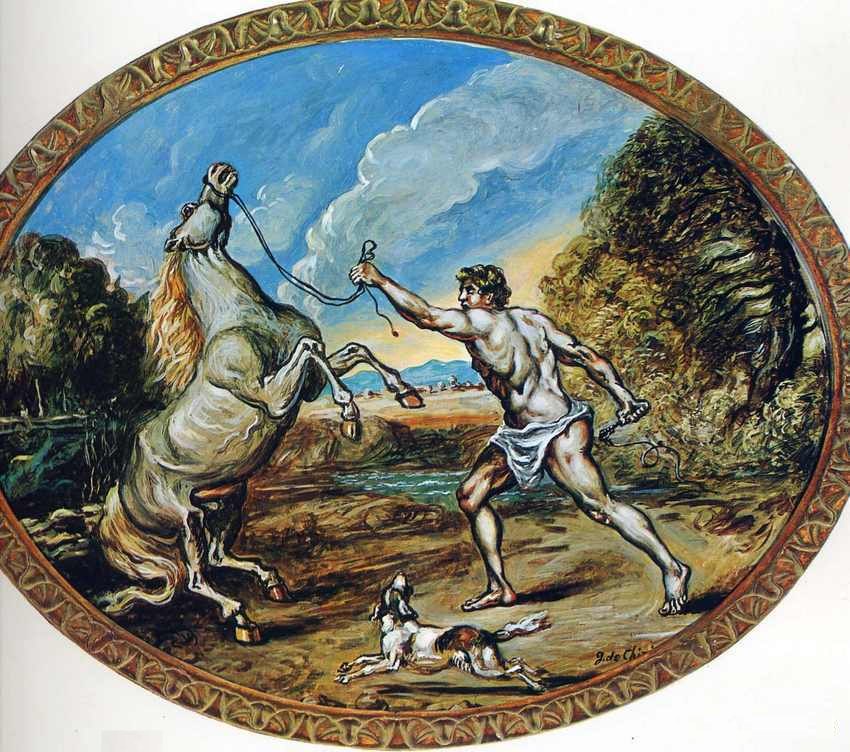
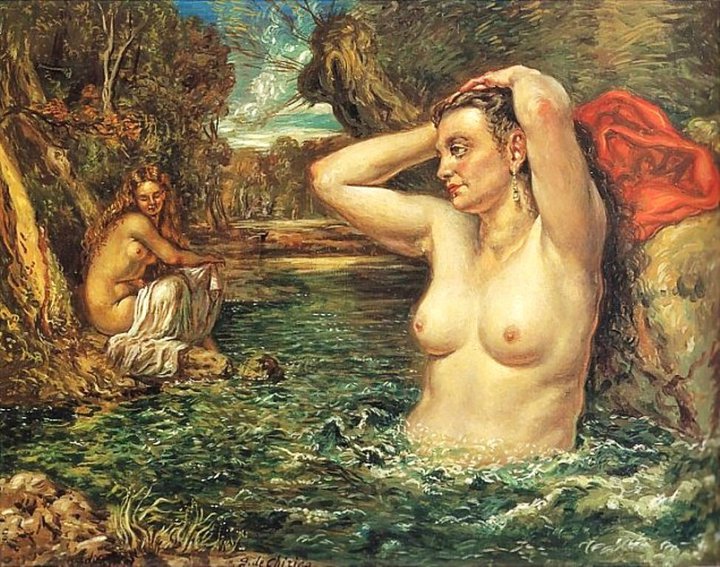
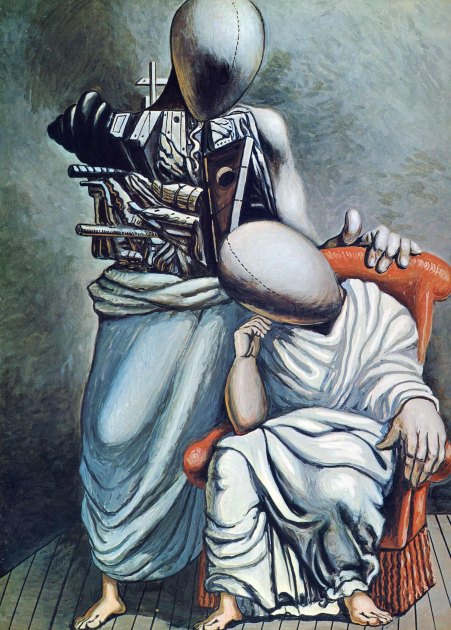
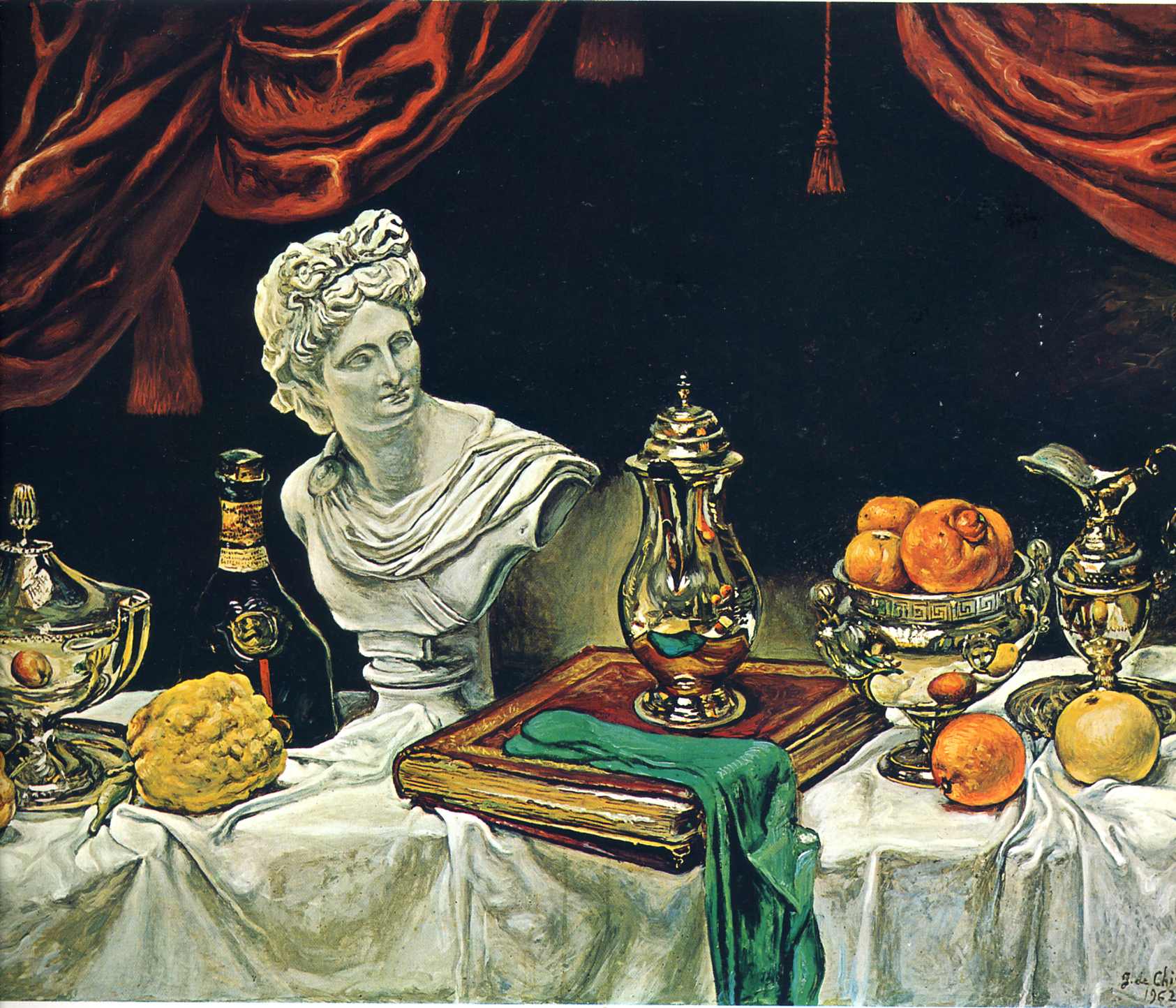
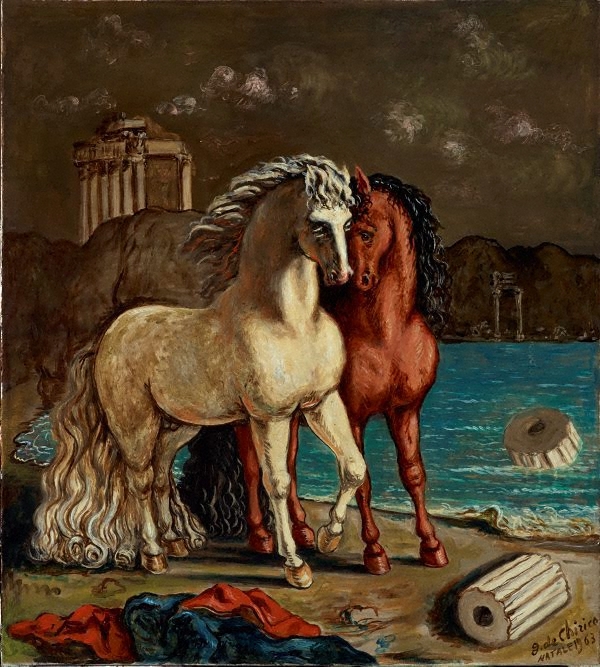
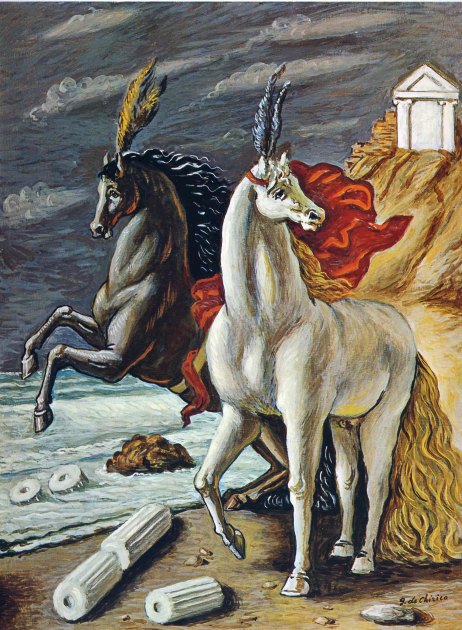
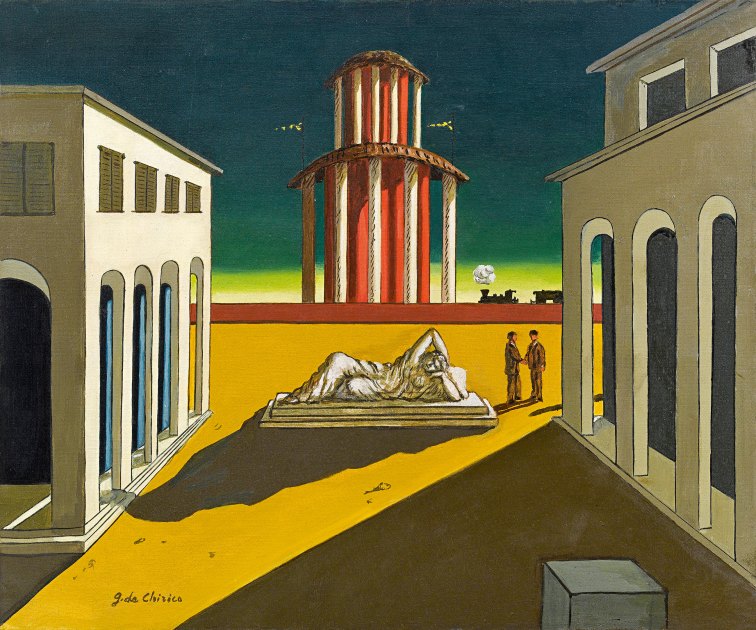
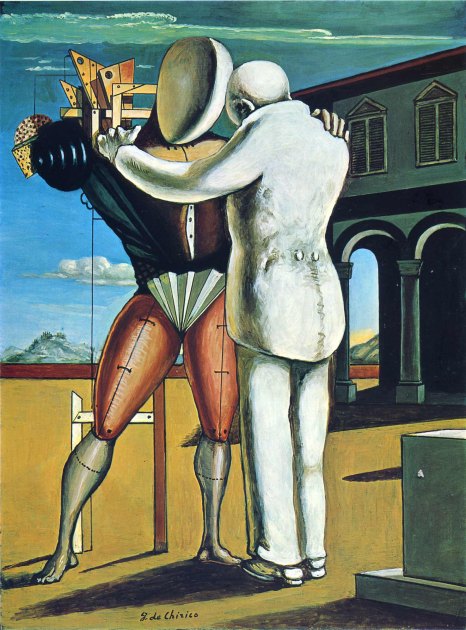
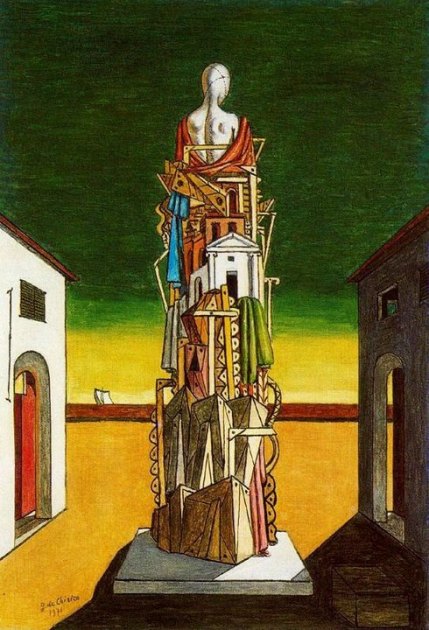
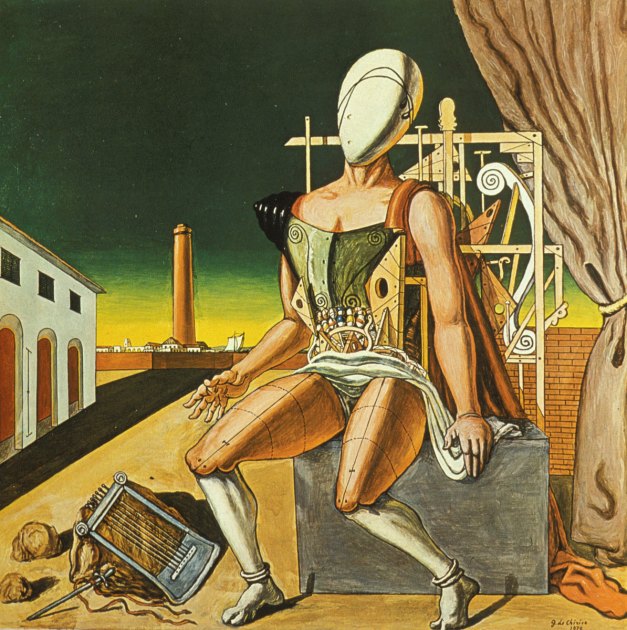
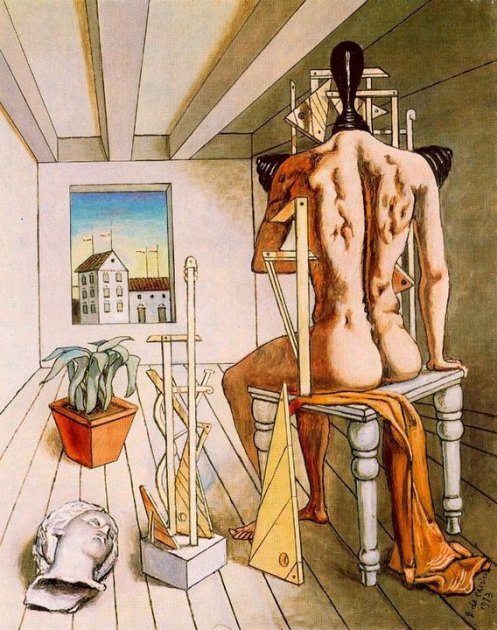
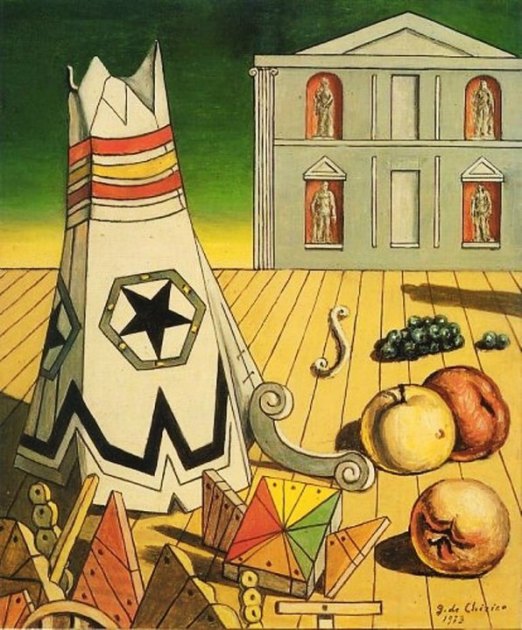
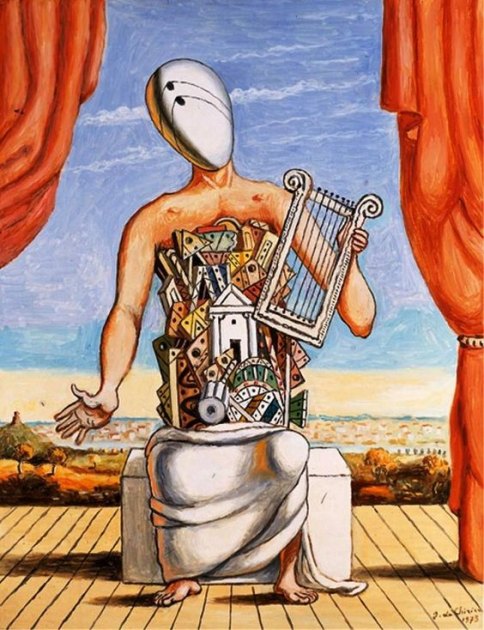
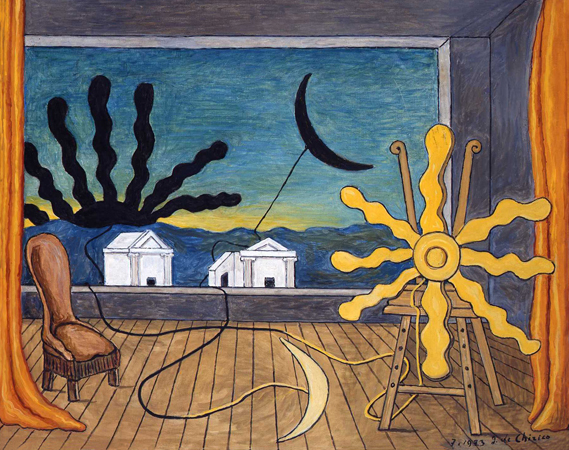
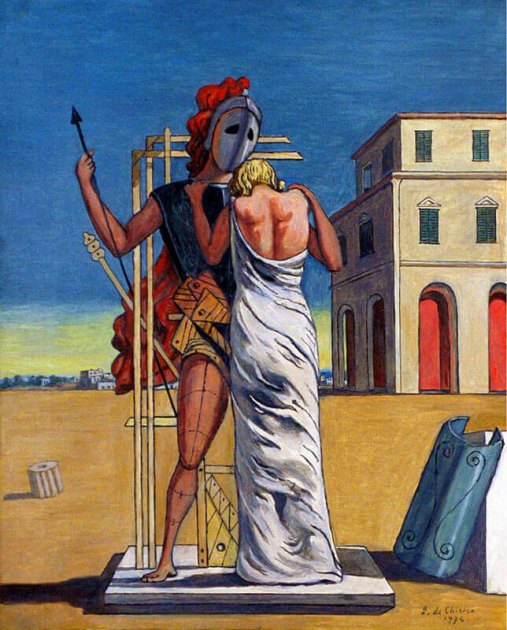
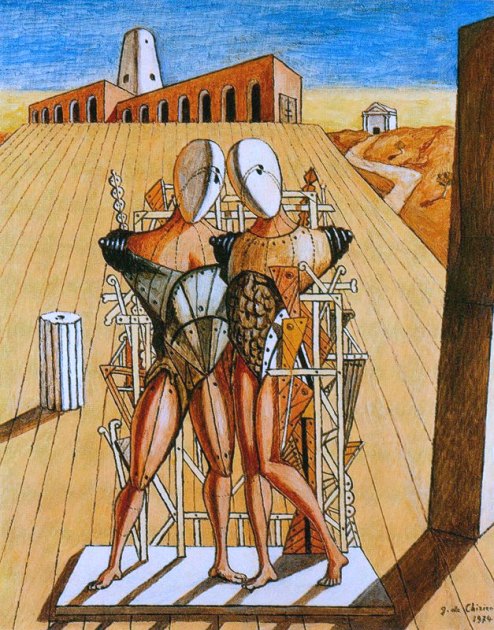

















.jpg)









.jpg)








.jpg)


.jpg)










.jpg)
.jpg)

































 Though technically not a surrealist, Giorgio de Chirico had such an influence upon that emerging art style, that any consideration of surrealism that ignores the contribution of de Chirico must be deeply flawed.
Though technically not a surrealist, Giorgio de Chirico had such an influence upon that emerging art style, that any consideration of surrealism that ignores the contribution of de Chirico must be deeply flawed.